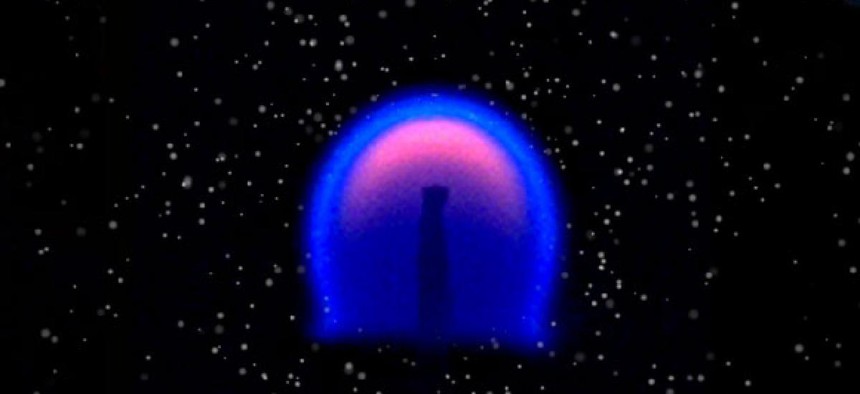Video: Here's What Happens When You Light a Fire in Space

NASA
"Strange flames" on the International Space Station.
"When it comes to fire," says physics professor Forman A. Williams, "we're just getting started."
Take the flame of a candle, the kind you might find on a birthday cake. The flame takes the familiar shape -- as, basically, a gaseous teardrop -- because of gravity. The hot air rises and draws fresh, cool air behind it. The buoyancy makes the flame shoot up and flicker.
So we know all that. What we know less about, though, is the way fire behaves ... IN SPACE. In microgravity, according to the NASA video above, flames behave differently than they do here on Earth. Instead of the tear shape we're used to from our birthday cakes or Yankee Candle samples or what have you, the gravity-challeged flames form ... fire balls. Seriously. Unlike Earth-bound flames, "which expand greedily when they need more fuel," the video says, "flame balls let the oxygen come to them." Oxygen and fuel combine in a narrow zone at the surface of the sphere, rather than "hither and yon throughout the flame."
Which is knowledge that might have practical applications here on Earth -- and, specifically, to Earth-bound automobiles and the combustion process they rely on for their energy. Williams and a colleague were conducting an ISS-based experiment called the Flame Extinguishment Experiment (yep: FLEX) when they made an accidental discovery: in space, droplets of fuel continued to burn. Even after their flames had extinguished.
NEXT STORY: Half of NASA's New Class of Astronauts Are Women


